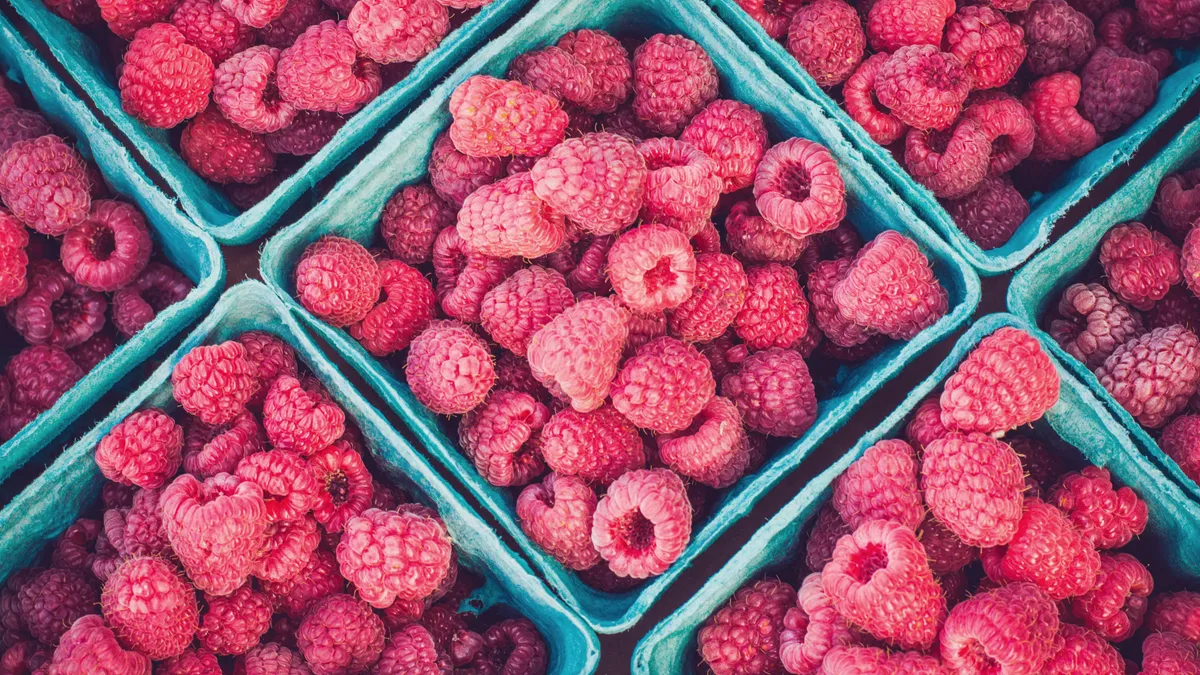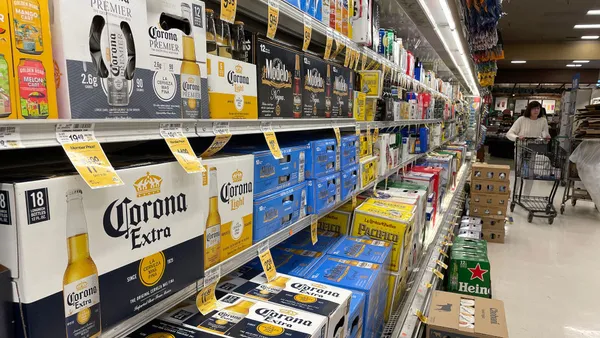Recent research by McKinsey supports what many of us have long suspected: grocery shoppers often judge an entire produce department by the quality of a few key items. The availability of high quality fresh products, it turns out, is the main reason shoppers recommend one chain’s produce section over another's — even ahead of pricing and promotion strategies.
It's a commonly held belief among food retailers that a focus on high quality and availability inevitably leads to higher levels of waste. The McKinsey research, however, reveals no such trade-off.
In fact, the two problems often share a root cause: poor demand forecasts. The good news is that because spoilage and quality/availability are two sides of the same coin, they share a common solution as well, and it begins with improving demand forecast accuracy for fresh categories.
Deploying Technology to Balance Waste and Lost Sales
To adequately address both waste and quality concerns, grocers need accurate forecasts that capture a clear, day-level view of demand variation throughout the week. Sales for a product might be much higher during the Saturday "big shop" rush than it would be on a Monday, and the forecast must be able to provide visibility at that level of detail. To ensure the availability of high quality product, some items may even require an intra-day forecast to support multiple replenishments within a single day.
Even with this granular level of forecast data, you still need to balance the risk of waste against the risk of stock-outs. To maintain that balance, grocers should adjust safety stocks in step with expected sales volumes and forecast errors for different weekdays. After all, safety stock levels that guarantee availability on Saturday will also guarantee waste on Monday, if left unadjusted.
This work presents a potential time drain, but grocers willing to invest in updated technology strategies see a host of benefits from recent advancements in retail planning solutions. Today’s planning systems can perform these types of dynamic safety stock optimizations automatically, or even optimize each order based on cost-benefit calculations that balance the risk of waste against the risk of stock-outs. The best machine learning algorithms can find the sweet spot that minimizes both waste costs and lost profits stemming from out-of-stocks (see Figure 1).

Tangible Results
Improving availability of peak quality produce and reducing waste at the same time is not only possible with today’s technology — it should be every food retailer's goal. German grocer Bünting, for example, cut spoilage by more than 23% while pushing availability to over 98%. The leveled goods flow enabled the company to better organize staff time, ultimately driving yearly savings of over $1 million.
Britain’s leading regional supermarket, Booths, also lowered waste by around 10% while increasing availability. The company’s former IT and eCommerce Director Andrew Rafferty, who led the implemention of a new forecasting and replenishment system, argued that “improving availability and cutting spoilage doesn’t have to be an either/or. We managed to cut spoilage with no adverse impact on availability at all.”
The Bünting and Booths outcomes speak to cost savings, but the McKinsey research suggests that by focusing on produce quality, grocers can also increase their fresh sales by as much as 10% a year. The grocery business is as competitive as ever, but food retailers seeking to boost sales, cut waste and improve the availability of high quality fresh products have enormous opportunity ahead of them in the form of supply chain optimization










